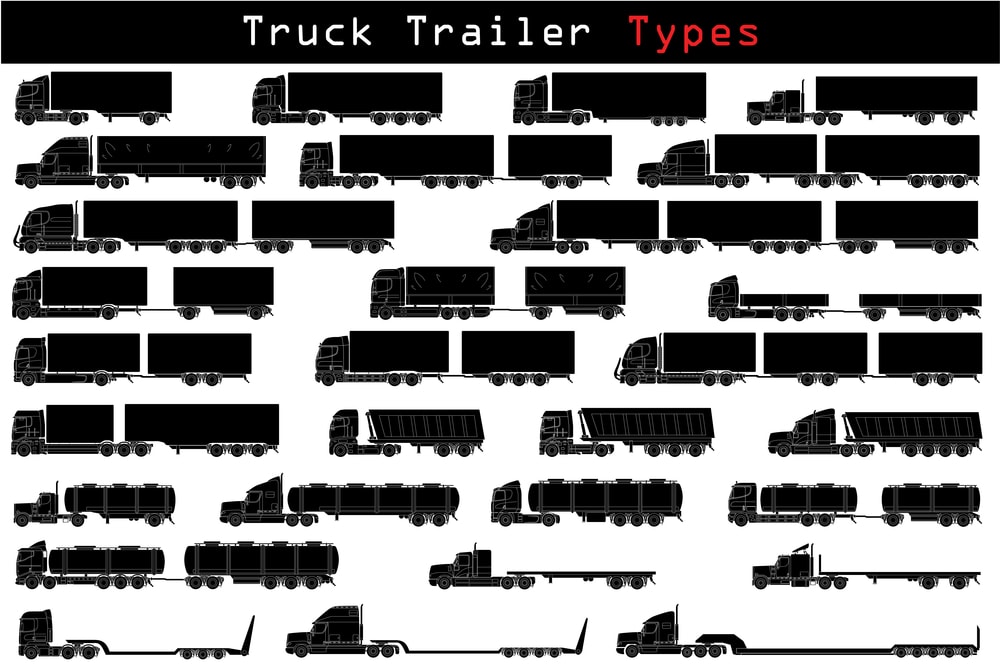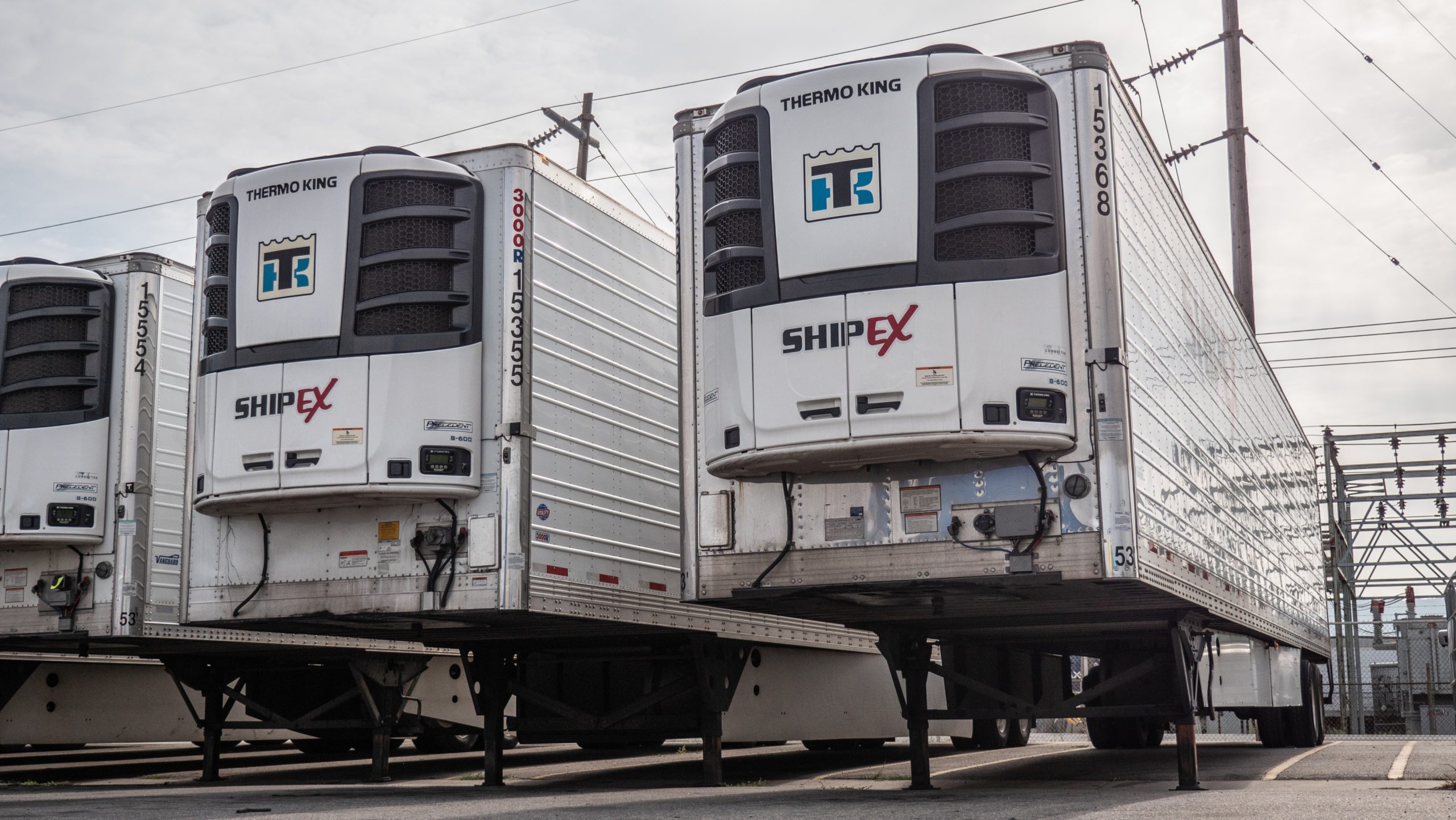In trucking, understanding tandems is crucial to safe and efficient operations. Tandems affect weight distribution so loads are within legal limits and the truck runs well on the road. Whether you’re a seasoned driver or new to the game, knowing what truck tandems, trailer tandems, steer axle, and tandem axle trailers mean can make a big difference in your daily grind.

What Are Tandems?
Truck tandems are the paired axles on a truck or trailer that work together to distribute the weight of the load. This includes both truck and trailer tandems. It’s crucial to have both to maintain balance and prevent overloading on any one point so the vehicle stays within legal weight limits. Tandems also make a truck more stable and handle better so it’s safer to drive especially on rough terrain.
The main difference between tandem axle trailers and single axle trailers is capacity and performance. Tandem axle trailers with two sets of axles can carry more weight and be more stable over long distances. Single-axle trailers with one set of axles are lighter and easier to maneuver but are best for lighter loads and shorter trips.

Axle Groups and Weight Distribution
In trucking, understanding axle groups is crucial to proper weight distribution and safe operation. There are three types of axles you’ll encounter: steer axle, drive axle, and tandem axle.
The steer axle is at the front of the truck and carries the weight of the engine and cab and provides steering. The drive axle is at the back of the truck and transmits power from the engine to the wheels to move the truck forward. Tandem axles are paired sets of axles on both the truck and trailer that help distribute the load more evenly across the vehicle so no one axle carries too much weight.
Weight distribution across these axles is critical to safe and legal trucking. The steer axle weight has a limit of around 12,000 pounds, while the drive axles and tandems carry the rest. Federal and state regulations set axle weight limits to prevent overloading which can lead to unsafe driving conditions, road wear and tear, and big fines. Staying within those limits not only keeps your axle weights legal improves vehicle handling, reduces accident risk, and extends equipment life.

Tandem Axles in Trucking
Tandem axles are key in trucking especially when hauling heavy loads and long distances. By spreading the load across two axles instead of one, tandem axles allow trucks to carry more weight and stay stable and safe. They’re perfect for heavy-duty applications where maximum payload is critical. Tandem axles also make for a smoother ride as they distribute the weight more evenly so less stress on individual axles and tires.
Beyond their capacity to carry more weight, tandem axles offer other benefits like stability, shock absorption, and fuel efficiency. The stability provided by tandem axles is critical when going over rough terrain or sharp turns to reduce accident risk.
Their ability to absorb more shocks also reduces wear and tear on the vehicle so it lasts longer than a single-axle trailer. In terms of fuel efficiency, tandem axles optimize the truck’s performance by distributing the load evenly which means more consistent and efficient fuel consumption. These benefits make tandem axles a common feature in various types of trailers including dry van trailers, refrigerated trailers, and others used for long-haul cargo.

Sliding Tandems: How and Why
Sliding tandems are key in trucking, allowing drivers to adjust the position of the trailer’s axles to distribute the weight. By sliding the tandems forward or backward along the trailer’s frame, drivers can shift the load’s weight between the drive axles and trailer axles so each axle group stays within legal weight limits. This ability to fine-tune the weight distribution is critical to balance, vehicle handling, and avoiding overweight tickets.
Sliding tandems are needed when the load is not balanced in the trailer. For example, if the load is heavier at the front of the trailer, sliding the tandems forward will balance the weight across the axles so the drive axles won’t be overloaded. If the rear of the trailer has more weight, sliding the tandem backward may be needed. Properly adjusting the tandems not only avoids overweight tickets but also improves driving performance by providing stability and reducing the risk of tire blowouts and other issues caused by improper weight distribution.

Legal Considerations and Compliance
Knowing and following axle weight and gross vehicle weight limits is critical for any truck driver. Federal and state regulations set limits on how much weight each axle group can carry and the overall weight of the vehicle, known as Gross Vehicle Weight Rating (GVWR). These limits are in place to ensure trucks are safe on public roads, prevent wear and tear on the infrastructure, and reduce accident risk. Exceeding these weight limits, whether by improper loading or incorrect tandem adjustment can result in big fines, tickets, and even out-of-service orders, disrupting delivery schedules and increasing operational costs.
Improper weight distribution not only risks legal penalties but also safety issues. Overloading an axle can cause tire blowouts, reduced braking, and impaired vehicle handling, especially in tough driving conditions. To avoid these issues truck drivers should always weigh their load before they hit the road. This means using a scale to weigh each axle after loading and adjusting the tandems as needed to balance the load. Also knowing the weight limits for the states they will be driving through will help drivers make informed decisions on how to distribute their cargo and stay compliant along the way.

Common Issues and How to Fix Them
Truck drivers face challenges with tandems such as shifting loads, uneven weight distribution, and difficulty in sliding the tandems to the correct position. Shifting loads can cause sudden weight changes making the vehicle harder to control and potentially hazardous. Uneven weight distribution can cause overloaded axles which not only risks fines but also tire blowouts or mechanical failures.
To fix these issues drivers can take several practical steps. Using scales at truck stops to weigh the axles before and after sliding the tandem is key to getting it right. Checking tire pressure regularly will help with even weight distribution and prevent tire-related issues. If sliding the tandems is hard ensure the trailer is on level ground and lubricate the locking mechanisms.
Also, regular maintenance of tandem axles and related components such as checking the locking pins, lubricating moving parts, and inspecting for wear and tear is essential to prevent issues on the road and get the equipment to work properly. By being proactive drivers can fix these issues and stay compliant and safe.

Summary
Tandem axles are critical for any truck driver to be safe and efficient. In this blog, we’ve covered the role of tandem axles in weight distribution, legal considerations, and practical tips to overcome common issues on the road. Knowing and adjusting your tandem axles will not only keep you within the legal weight limits but also improve your vehicle performance and overall safety.
We recommend all drivers weigh and adjust their tandem axles regularly to keep balance and avoid potential issues that can lead to fines or accidents. Do that and you’ll have a smoother and more efficient drive. For more resources and expert advice on trucking and trailer maintenance visit ShipEX.com and stay up to date with industry best practices.
